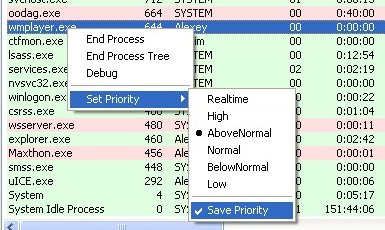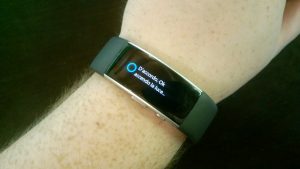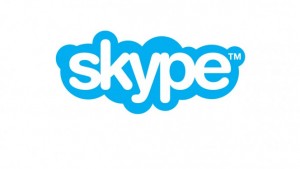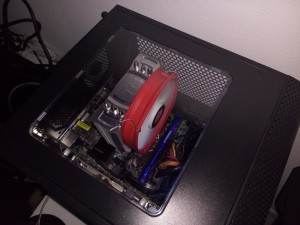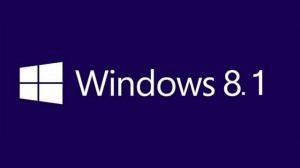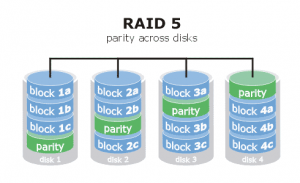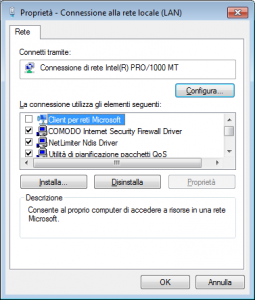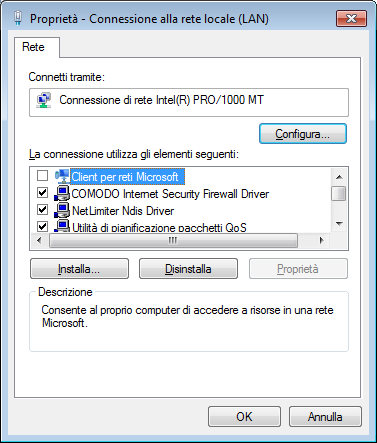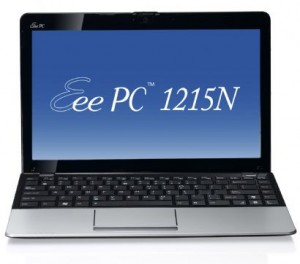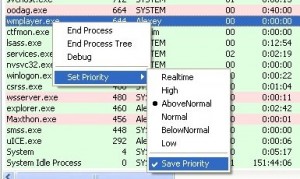Prime prove con Microsoft Band 2 integrato con “Alfred” di Smart Domotik.
The new Skype version is very annoying with biiiiig video ads that take lots of useful space.
But don’t worry, they can be removed COMPLETELY (windows only)!
Follow this istructions!
HTPC, per chi non lo sapesse, è l’acronimo di Home Theater Personal Computer, un computer cioè che fornisce l’intrattanimento domestico (video, musica, giochi) collegato al televisore.
Le caratteristiche base di un HTPC è che deve essere soprattutto un buon compromesso tra performance e consumi energetici (dato il suo scopo).
Dopo alcuni problemi di prestazioni (e ventole) con il mio vecchio Foxconn nT-A3700, che ha comunque fatto il suo dovere negli ultimi anni, ho deciso di sostituirlo con un HTPC piu performante (e silenzioso) che mi permesse di utilizzare l’ottimo XBMC (ora kodi) senza alcun problema di perfomance nel caricamento della mia libreria video, e men che meno nella riproduzione di video da 12-15gb.
Dato il passaggio di hardware, volevo inoltre qualcosa che mi permettesse di divertirmi di tanto in tanto con qualche titolo videoludico senza preoccuparmi di dover cambiare hardware ogni anno e men che meno di avere un pc “gaming” che consumi un sacco e sia molto rumoroso.
Dopo alcune ricerche quindi ecco l’hardware che ho acquistato:
by megalab.it
MySQL consente di “fotocopiare” i database gestiti da un singolo server principale su molteplici server secondari: un’ottima soluzione per distribuire il carico oppure per approntare una procedura di backup efficiente ed automatica.
Quando il carico sull’infrastruttura inizia a divenire elevato, affiancare un secondo server a quello principale è pressochè un obbligo per rimanere operativi.
Anche la versione “community” di MySQL (ovvero quella gratuita) offre una comoda funzione di replicazione che consente di “fotocopiare” in maniera del tutto automatica i dati immessi sul primo server anche sull’altro(oppure “sugli altri”, in caso le macchine impiegate siano più numerose).
Windows devices are widely used for kiosks where the users should be able to use only an application and nothing else. This makes sure that an anonymous user can use the kiosk and the application, but not harm it in any way. To achieve this, you had to lock down the Windows device and harden it for obvious security reasons. But, locking down a Windows device traditionally was a difficult task.
Windows 8.1 comes with an excellent feature where you can lockdown the device allowing the user to use only one application. You need to keep in mind that this application needs to be a modern application and cannot be a desktop application. So, if you are going to use it for your customized company application (For e.g. ATMs, Flight Schedule), the application should be a modern application.
Let’s see how we can do that.
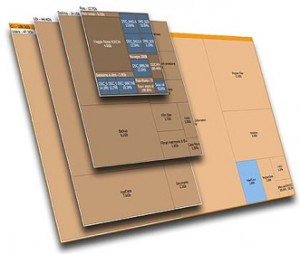 SpaceSniffer is a great tool!
SpaceSniffer is a great tool!
I use it every time i need to check disk usage and when i need to find what folder/programs are growing in my hard disks!
SpaceSniffer allows you to show how much disk space each application, down to each single file, uses the graphical way. It’s available for Windows 2000, XP, Vista and 7, and it’s freeware!
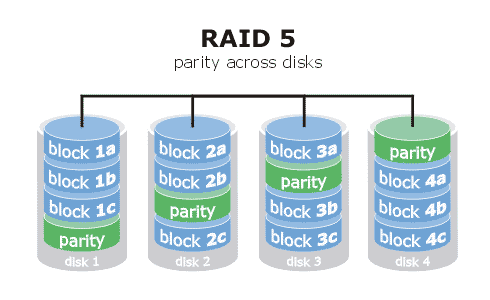 Con l’arrivo di nuovi hard disk e con il continuo spostamento di cartelle da un disco all’altro del server per gestire lo spazio disponibile ho deciso finalmente di crearmi un RAID5 sfruttando il controller intel P55 integrato nella scheda madre del server (una Asus P7P55D-E).
Con l’arrivo di nuovi hard disk e con il continuo spostamento di cartelle da un disco all’altro del server per gestire lo spazio disponibile ho deciso finalmente di crearmi un RAID5 sfruttando il controller intel P55 integrato nella scheda madre del server (una Asus P7P55D-E).Mi è capitato recentemente di avere necessità che un pc all’interno di una LAN possa utilizzare regolarmente internet ma non possa visualizzare ne cartelle condivise ne siti internet offerti dagli altri dispositivi nella stessa LAN (pagine di configurazioni di router, siti web interni ecc).
Prima di tutto mi sono occupato di limitare l’accesso alle cartelle condivise.
Per evitare che il pc possa accedere agli altri computer in rete ho disattivato l’opzione “Client per reti Microsoft”.
Questa opzione disabilita la possibilità al computer di vedere gli altri pc della LAN, ma permette comunque agli altri computer di vedere le cartelle condivise da questa macchina.
[Continua…]
I recently purchased an Asus 1215n equipped with Windows 7 64bit. The first thing I did was upgrade to Windows 8 since Microsoft is offering a promotional price of $15 until January 2013. Doing so led to some Hotkey driver compatibility issues though (missing Asus ACPI driver error + no working hotkeys), which were a pain to resolve to say the least. I was unable to find a solution on the web anywhere (one that worked anyways), so I had to figure things out myself. I’m posting my solution here in the hopes that it will be useful to others doing an upgrade to windows 8. I imagine that the solution would also apply to other 1215x models (1215b for example) that came with Windows 7 64bit. Im not sure if this solution is applicable to 32bit Windows 7 versions, though you should definitely still give it a try.
Problem Description:
After installing windows 8 and logging in for the first time an error message window popped up:
“Missing Asus ACPI Driver.”
by ghacks.net
There is no automatic way to adjust the priority of a process in Windows using the default tools supplied by Microsoft. It is possible to adjust the current process priority but this setting is only valid for the current setting. Once the process gets killed, for example by closing the application or rebooting, it reverts the priority back to the default one.
But what if you want to do it automatically ? Say you happen to transcode videos every now and then and want that process to be below normal to continue working with your computer during the process. Or you would like to assign a higher process priority to a game that you like to play and that needs all the cpu cycles that it can get.
I can tell from personal experience that there are many applications where an automatic adjustment of the process priority would come in handy.
